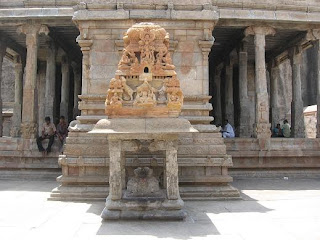St. Mary Co-Cathedral - George Town, Chennai, South India

Chennai, formerly known as Madras and located in South India, is a city rich in heritage and dotted with numerous travel-worthy sites. While many of these are religious in nature and predominantly Hindu temples, the city is also home to several historic churches, each with its own unique story. One such significant landmark is the St. Mary’s Co-Cathedral , situated on Armenian Street in the bustling George Town area. This church is among the oldest and most prominent Catholic churches in Chennai. Originally built in 1658 , the church was rebuilt in 1692 . It suffered damage during the French occupation of Madras and was reconstructed on a modest scale in 1775 . The final major expansion came in 1785 , giving the church the form it largely retains today. The interiors of this historic church are adorned with beautiful paintings and statues of Jesus Christ, Mother Mary, and the apostles . Devotion to St. Anthony is particularly strong here, drawing numerous worshippers. The main pra...













